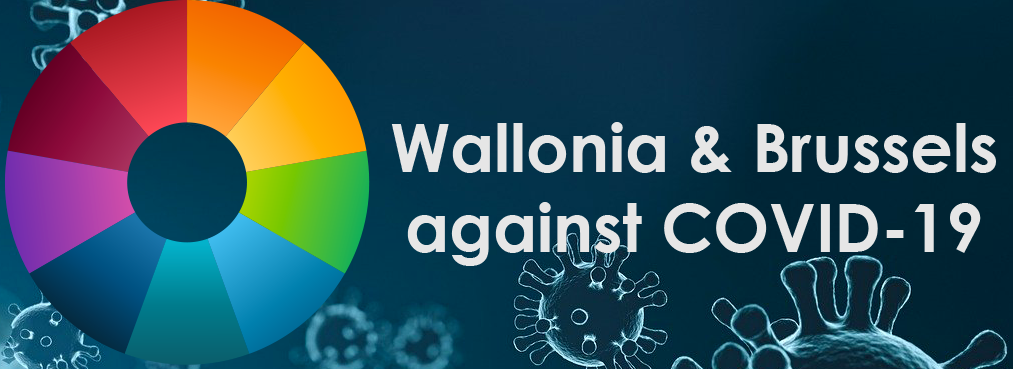ULiège
" My main research interest is the development of complete analytical solutions for biomedical applications. I mostly focus on breath and other volatile matrices characterization. "
Publication References: Zanella, D., HENKET, M., SCHLEICH, F., Louis, R., Focant, J.-F., & Stefanuto, P.-H. (2019). Multi-matrices screening for untargeted volatilomics by GC×GC-TOFMS. European Respiratory Journal. Supplement, 54, 4272. Purcaro, G.* , Stefanuto, P.-H.* , Flavio, F., Marco, B., Wieland-Alter, W., Wright, P., & Hill, J. (2018, March). SPME-GC×GC-TOF MS fingerprint of virally-infected cell culture: Sample preparation optimization and data processing evaluation. Analytica Chimica Acta. SCHLEICH, F., Zanella, D., Stefanuto, P.-H., Dallinga, J., HENKET, M., Wouters, E. F. M., Van Steen, K., Van Schooten, F., Focant, J.-F., & Louis, R. (2019). Exhaled Volatile Organic Compounds Are Able to Discriminate Between Neutrophilic and Eosinophilic Asthma. AMERICAN JOURNAL OF...
Read more: Pierre-Hugues Stefanuto, PhD


